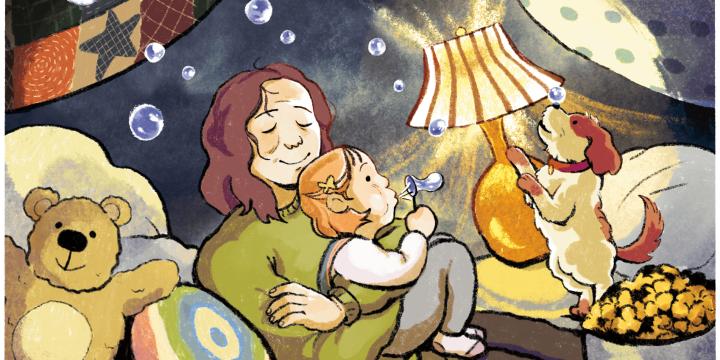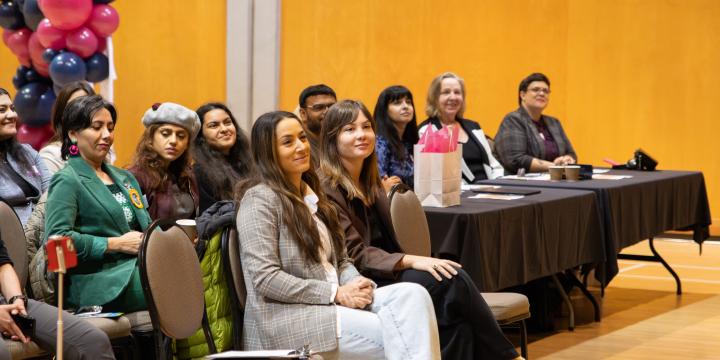
According to the United Nations, 75% of women have experienced cyber violence online.[1] LGBTQ2S youth experience cyber-violence three times as much as non- LGBTQ2S youth.[2]
During COVID-19 many people have found new ways of interacting and this is true for relationships as well. Social media plays a large role in communicating, especially for the younger generation who have multiple platforms to connect with their friends and potentially their intimate partners. Connecting over social media can have a lot of benefits, especially during the pandemic, but it can also have negative impacts which will be explored below.
What is Cyberviolence?
“Cyberviolence is defined as online behaviors that criminally or non-criminally assault, or can lead to assault, of a person’s physical, psychological or emotional well-being. It can be done or experienced by an individual or group and happen online, through smartphones, during Internet games, etc. Even though cyberviolence takes place online, it affects people offline and has real world implications. Some examples of cyberviolence include but are not limited to…
- online harassment
- threatening
- bullying
- blackmailing
- unwanted sexting
- stalking
- hate speech (abusive or threatening speech or writing that expresses prejudice against a particular group, especially on the basis of race, religion, or sexual orientation)
- luring
- non-consensual distribution of images” [5]
While cyber violence refers to attacks online, it can lead to real-world impacts and physical attacks.[6]
Healthy and Unhealthy Online Behaviors
How prevalent is the sharing of images?
- A study among high school students found that 28% had sent a naked photo of themselves to someone and 31% had asked someone to send them a naked photo. 57% had been asked to send a naked photo and the majority were bothered by this.”[7]
Is sexting among teens under the age of 18 legal?
- Consensually sharing images within a relationship is legal. However, Police can charge people with non-consensual sharing of images and child pornography if those images are shared outside of the relationship.
- Sexual images of persons under the age of 18 are considered child pornography under section 163.1 of the Criminal Code of Canada. If someone has spread these images without another person’s consent, that person could be charged with child pornography.[8]
Why do people share images of other people without their consent?
- They may feel angry or upset and want to have power and control over someone. In some cases, it could be about getting revenge on someone. Young people often don’t know the consequences of sharing non-consensual images and may think that the one person they sent it to will keep it to themselves.
What do healthy relationships look like online?
Everyone’s relationships look different but it’s important to make sure your relationship is:
- trusting
- safe
- responsible
- accountable
- honest
- emotionally intelligent
- open
- calm
- respectful of boundaries, and
- based on consent and permission
Read more about Consent Culture and Healthy Relationships in our earlier blogs.
What to do if you, or someone you know, is experiencing cyberviolence:
Reach out for information or support. There are a number of confidential helplines you can text, email or call, including:
- Kids Help Phone
‘Immediate and caring support, information and, if necessary, referral to a local community or social service agency.’
Website: https://kidshelpphone.ca/
Phone: 1 (800) 668-6868 - VictimLinkBC
‘24-hour confidential crisis support to victims of family and sexual violence and provides information and referral services to victims of crime.’
Website: https://www2.gov.bc.ca/gov/content/justice/criminal-justice/victims-of-crime/victimlinkbc
Phone: 1 (800) 563-0808 - Youth Against Violence Line
‘The Youth Against Violence Line is a 24/7 anonymous and confidential line to talk to trained support workers. You can contact them about bullying, gang activity, harassment, intimidation, sexual exploitation, and many other issues. This service is also available in multiple languages.’
Website: http://youthagainstviolenceline.com/how.html
Phone: 1 (800) 680-4264
Text: (604) 836-6381
Email: info@youthagainstviolenceline.com
Want to learn more about social media and being safe online? Here is some recommended reading:
- Social Networking
- Media Smarts: Canada’s Centre for Media and Digital Literacy
- Cyber Safe BC
- Seven Tips for Safe and Healthy Online Dating
Did you know?
- 86% of students said they visit social media sites daily and about 16% spend five hours or more on social media every day.[3]
Researchers have been investigating the correlation between social media and mental health for a number of years now and there are contradictory findings. It’s difficult to tell if young people experience higher rates of depression as they use social media more, or if those that experience depression are more likely to use social media longer and more often as a way of coping with their mental health issues. It may be that it’s a cycle, where feeling depressed leads many young people to seek comfort in the Internet and their devices, and that in turn can lead to more feelings of anxiety, isolation and loneliness.
It’s also important to acknowledge that when surveyed, 31% of teens report that social media has mostly positive effects on their lives, where 45% said neither positive or negative, and 24% said mostly negative.[4]
Social media and the Internet are neither good or bad in and of themselves, but it depends on how we engage with these tools. For some youth, the Internet could be the only place where they feel safe enough to be themselves and can find a community that represents their identities and beliefs. It can also be a place where youth experience extreme forms of bullying and harassment.
We are all guilty of spending too much time on our phones but the reality is that we can have unhealthy relationships with anything and our phones are included. It’s important to develop healthy online habits early on so that we can identify when situations feel unsafe or uncomfortable.
Next Week
- Keep an eye on the blog next week to learn more about dating violence, types of dating violence, identifying red flags and how to get support for yourself or others.
[3] https://www.camh.ca/-/media/files/pdf---osduhs/mental-health-and-well-being-of-ontario-students-1991-2017---summary-osduhs-report-pdf.pdf
[7] Temple JR, Paul JA, van den Berg P, Le V, McElhany A, and Temple BW, “Teen sexting and its association with sexual behaviors,” Arch. Pediatr. Adolesc. Med., vol. 166, no. 9, pp. 828–833, Sep. 2012.

